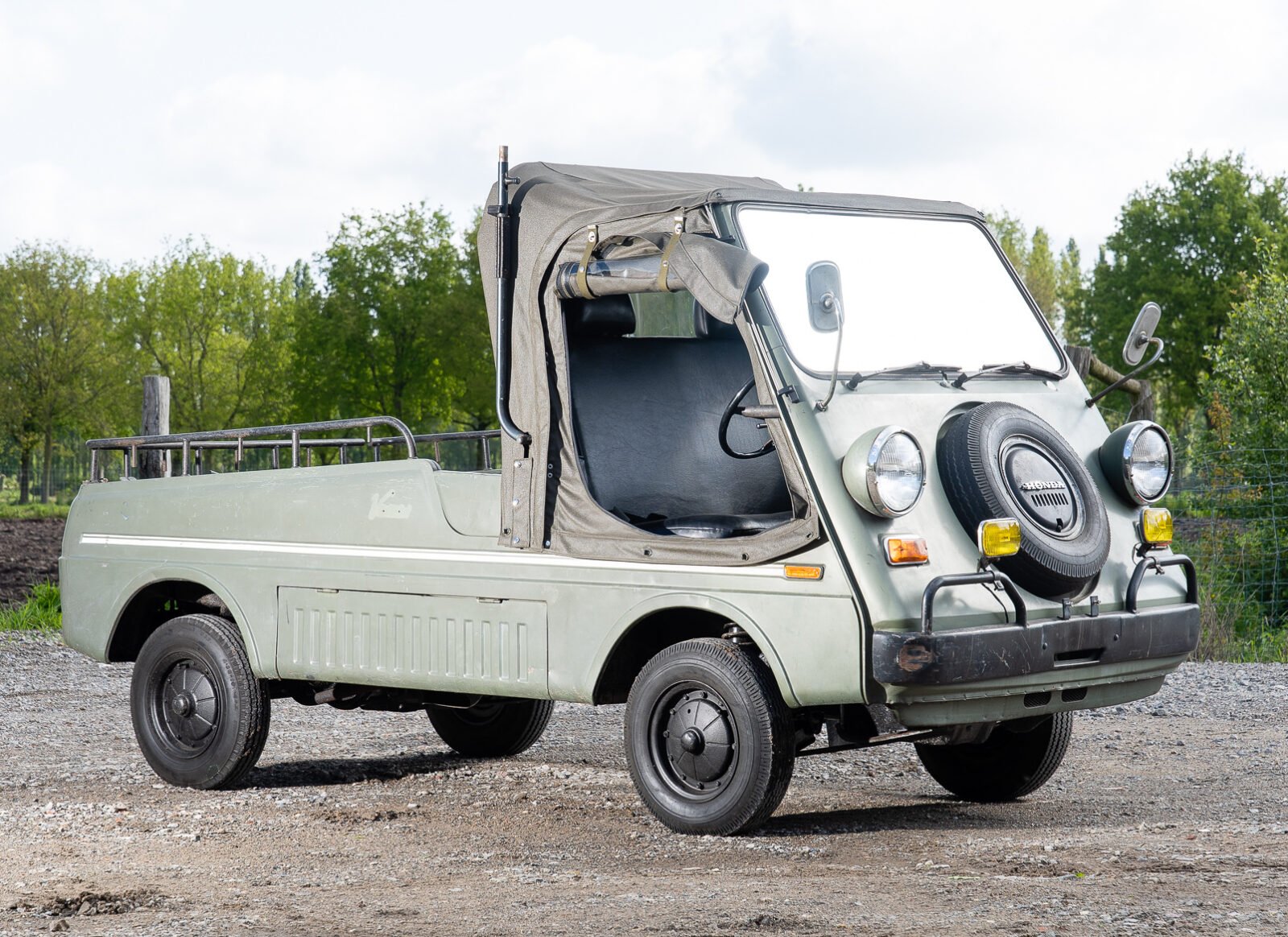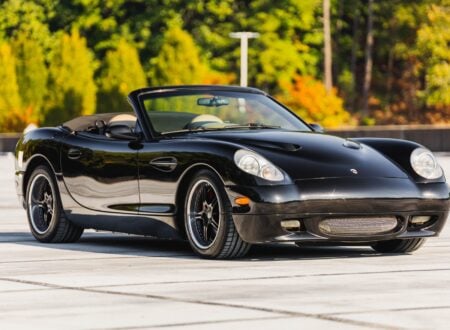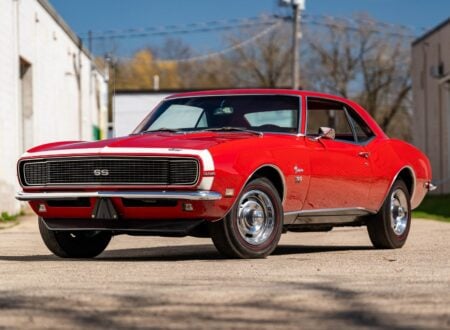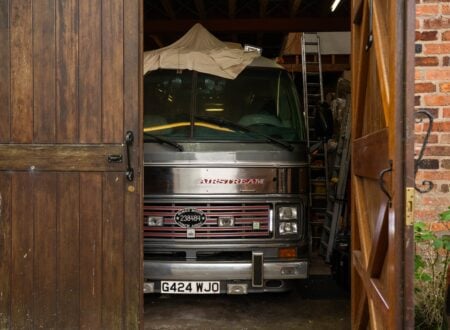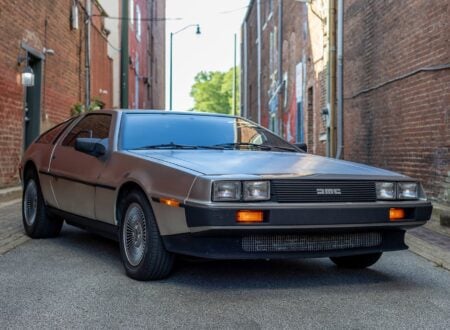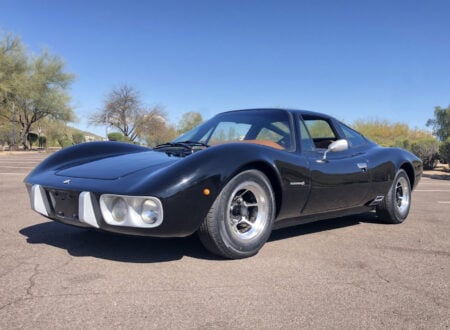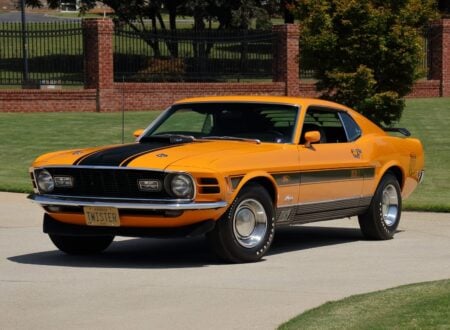This is a Honda Vamos, and if you’ve never seen one before, it’s likely because just 2,500 of them were made over three years between 1970 and 1973. The Vamos was the Japanese answer to the British Mini Moke, though it didn’t quite catch on in the same way.
Honda engineers had been tasked with coming up with a rugged, simple vehicle that could be used for both light commercial work and fun. They based their design on the pre-existing Honda TN360 small pickup, and it was named after the Spanish word for “let’s go” – “Vamos.”
Fast Facts – The Honda Vamos
- The 1960s were a time when many automakers around the world developed small, lightweight vehicles that could fulfill a wide variety of functions – from military and agricultural work to just being used as beach cars on the French Riviera. Cars like the Mini Moke, the Citroën Méhari, and the Volkswagen Thing.
- Japan wanted to develop their own answer to the Mini Moke, and to the Daihatsu Fellow Buggy which had a design based on the American Meyers Manx.
- Honda engineers developed the Vamos on the Honda TN360 pickup platform, with a new steel body, a folding fabric roof, and seating for either two or four.
- The Honda Vamos was introduced in 1970 and sold until 1973, it was only offered in Japan and as a Kei Class vehicle it was decided it wouldn’t be worth exporting it. Only 2,500 were made, and collectors of unusual Japanese vehicles now consider them highly collectible.
The Weirdest Vehicle Honda Ever Made
The Honda Vamos has been called the weirdest vehicle Honda ever made, and it’s not hard to see why. The Vamos seems to be a crossover between a small pickup truck, a beach car, a convertible, a Jeep, and an economy car.
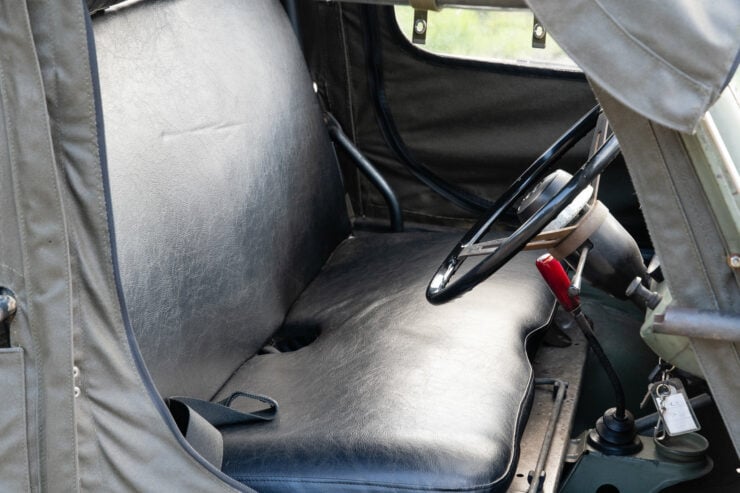

The Honda Vamos was developed to potentially fill a niche that had not yet been explored in Japan. The Mini Moke was selling well in England, the Citroën Méhari was popular in Europe, and the Volkswagen Thing already had a cult following in the United States. Honda must have wondered if they could corner the market for a similar vehicle, perhaps with a slightly more utilitarian dual-purpose.
In Japan, the Kei Class of vehicles was outlined by the government – size and engine power was very restricted but taxes on the vehicles would be far lower. As a result manufacturers developed both commercial and consumer vehicles to fill demand, and “Kei Cars” as they became known have become a uniquely Japanese phenomenon.
Honda engineers developed the Vamos on the platform that was already being used by the Honda TN360 – a lightweight Kei Class pickup truck designed for commercial and agricultural use. The TN360 was an exceptionally small cab-over-engine vehicle that had a closed cab and space for two people, with a small tray back in the rear for hauling cargo.
The Honda Vamos
The Honda Vamos used the same chassis and drivetrain as the TN360, including its mid-mounted air-cooled, twin-cylinder 354cc engine which had a single overhead camshaft and two valves per cylinder. Interestingly the engine was adapted from the one originally used in the Honda CB450 motorcycle.
Above Video: This short film from Jason Torchinsky of Jalopnik shows you over the Honda Vamos, tells you about its unusual origins, and he takes it for a drive at the end so you can see how it performs.
The engine produced a claimed 30 bhp, which was sent to the rear wheels via a 4-speed manual transmission. Suspension consisted of MacPherson struts up front with a De Dion tube and half leaf springs in the back – with hydraulic shock absorbers used on all four corners.
The body was made from stamped steel sections, no fixed roof was ever offered and instead buyers could opt for either a folding soft top over the cab, a folding soft top over the cab and optional rear seats, or a folding soft top which covered the whole vehicle from the tailgate to the top of the windshield.
Roll up side curtains were offered, and the doors were just hollow steel bars that latched across the opening at either side. The front of the Vamos was distinctive thanks to the bug-eye-type headlights, the front mounted spare, and the mustache-like black front bumper – it all comes together to look like a friendly face from a Pixar film.
The total weight of the Vamos is just 520 kgs (1,146 lbs), and those that have driven them have reported surprisingly spritely performance, likely due to the low weight and low gearing.
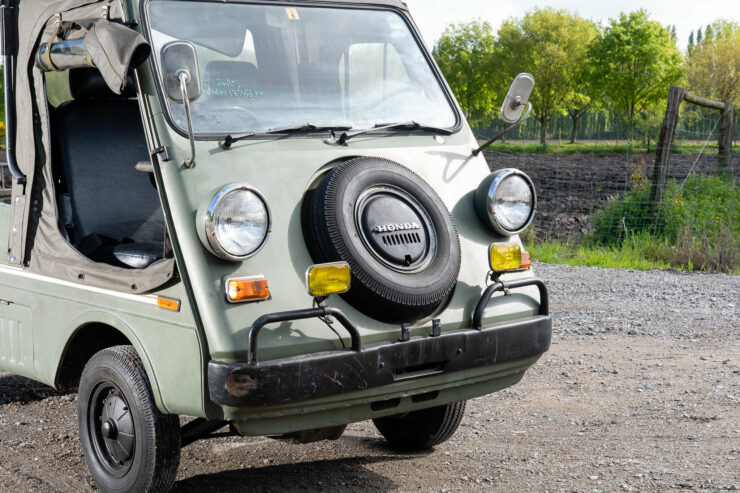

Just 2,500 were made for the three years between 1970 and 1973 and very few are believed to have survived, they were cheap when new and they did tend to rust if not cared for. Collectors of Japanese vehicles now consider them highly desirable, and they’re difficult to find outside of Japan.
The Honda Vamos Shown Here
The vehicle you see here was built in 1971, it’s finished in a military grey hue with a matching folding soft top, and it appears to be in largely original condition throughout making it a rare survivor. It does show some signs of wear and tear, however overall it presents well.
The sourcing of spare parts can be a headache when buying rare vehicles however that process is made significantly easier with the Vamos due to the fact that it shares its mechanicals with the Honda TN360 which was built in far higher numbers.
This Vamos is now showing 26,404 kms on the odometer and it’s now being offered for sale by TVP Classics out of Belgium for €17,500 – it’s likely one of very few in Europe, if not the only one. The original spare wheel is still mounted up front, in-between those distinctive headlights.
If you’d like to read more about this Vamos or enquire about buying it you can visit the listing here.
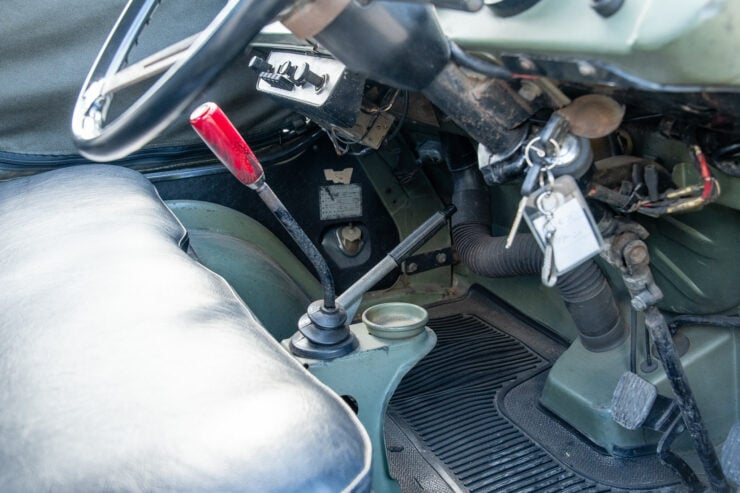
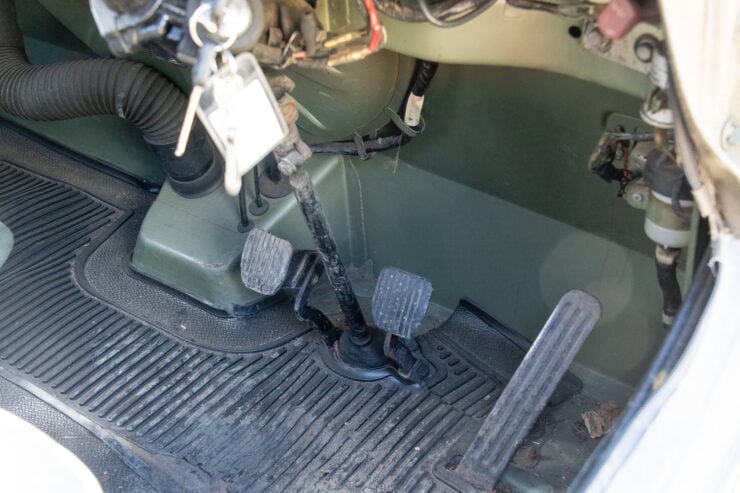
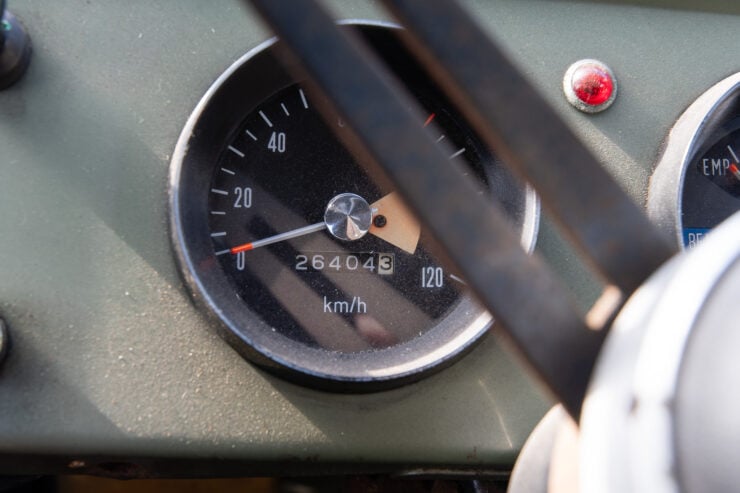
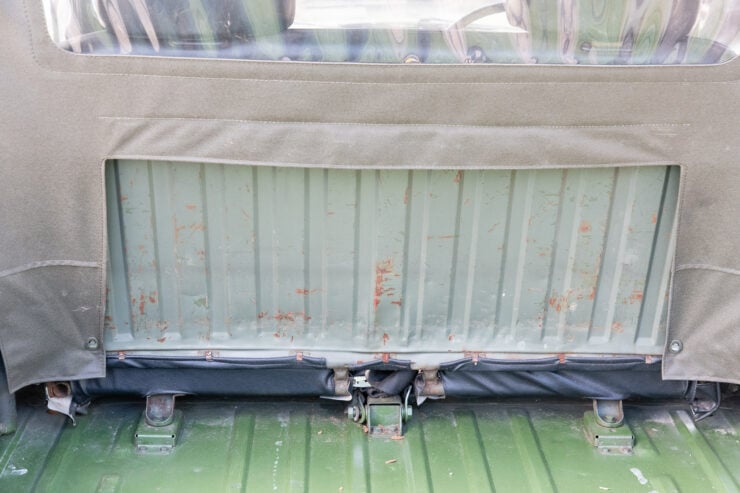
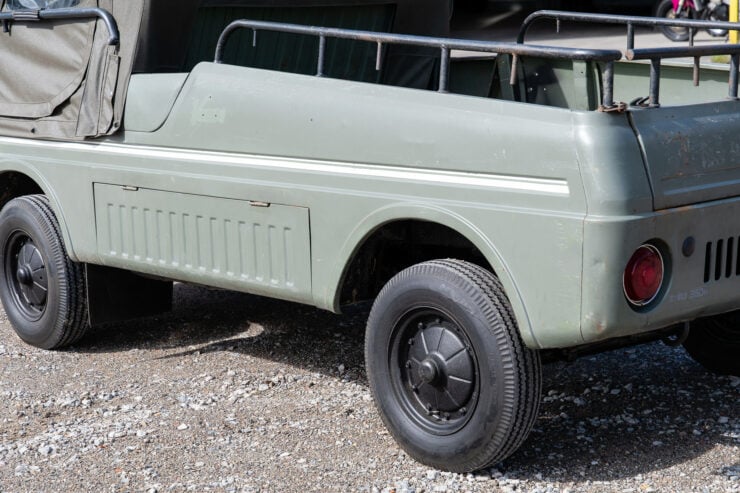

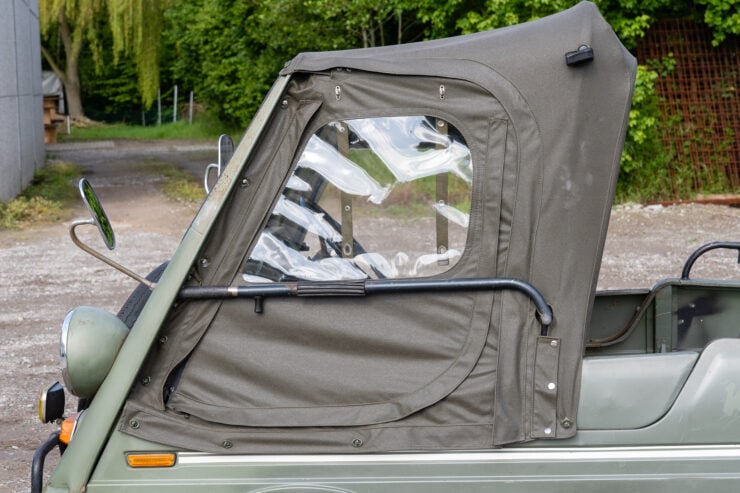
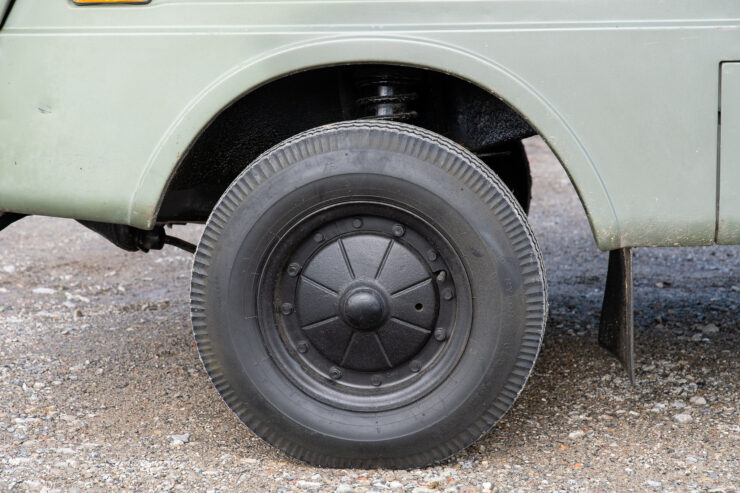
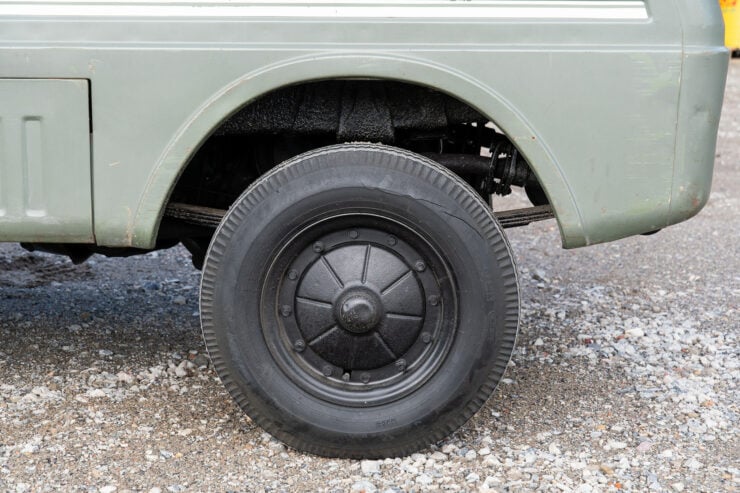
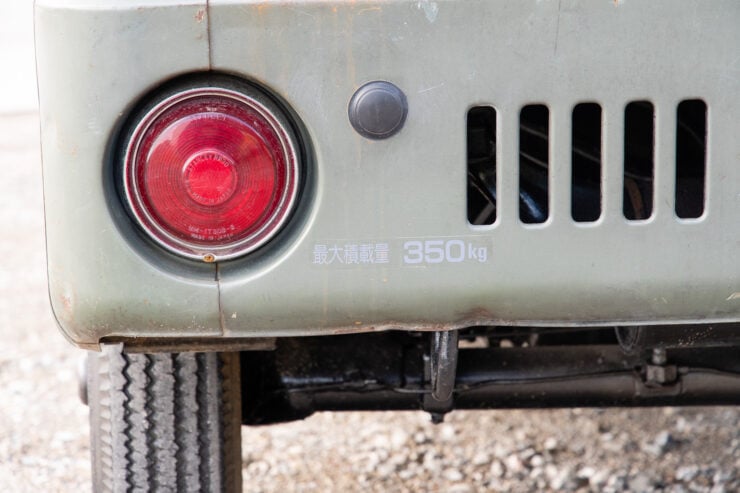
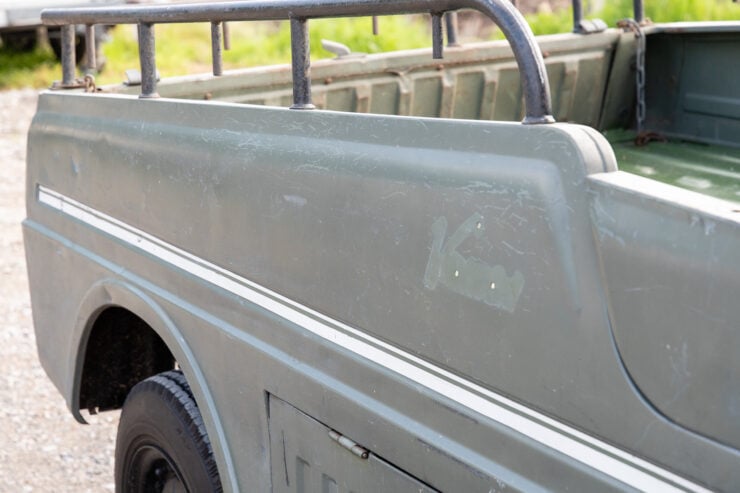
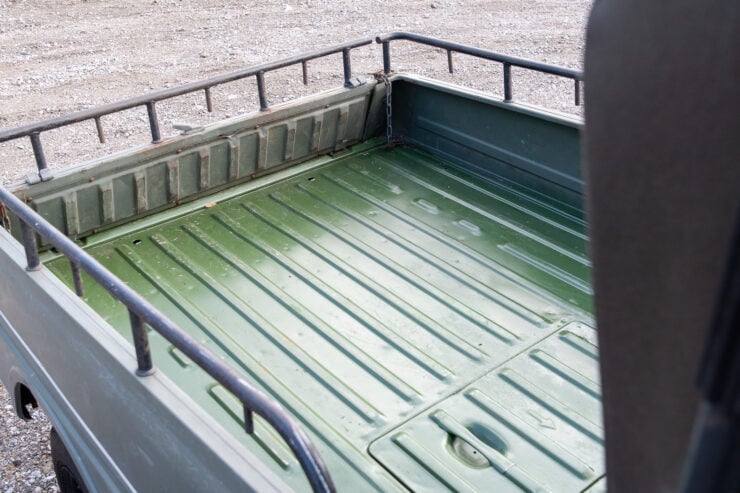
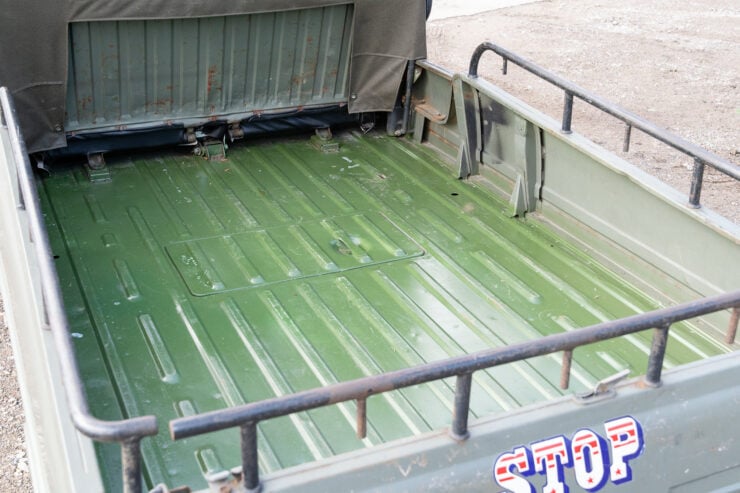
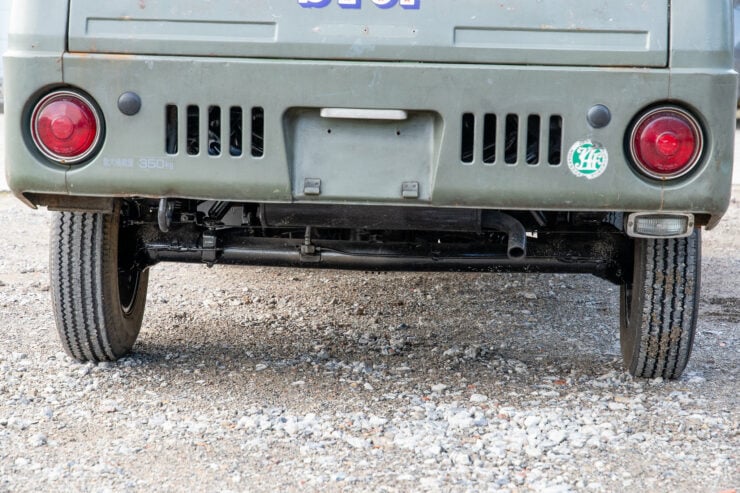
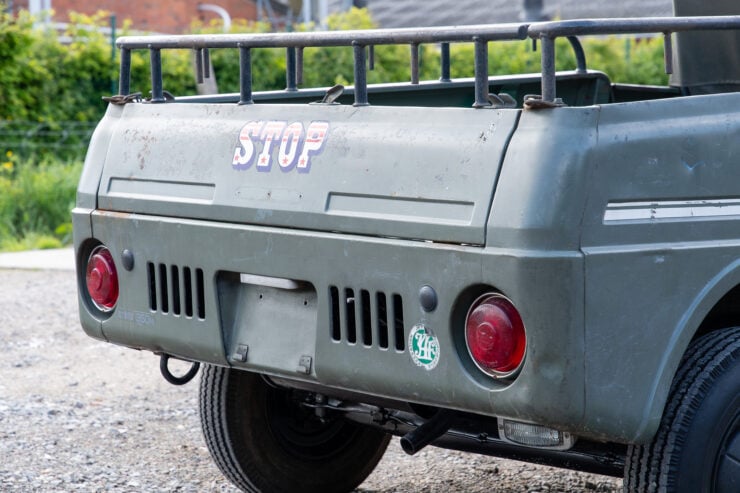
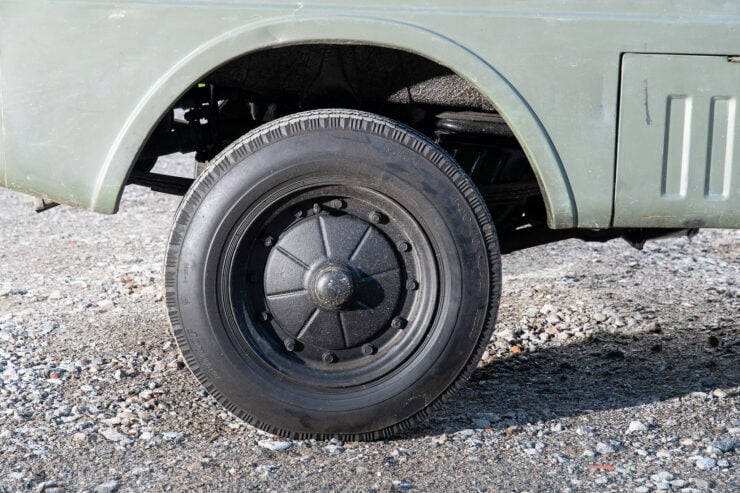
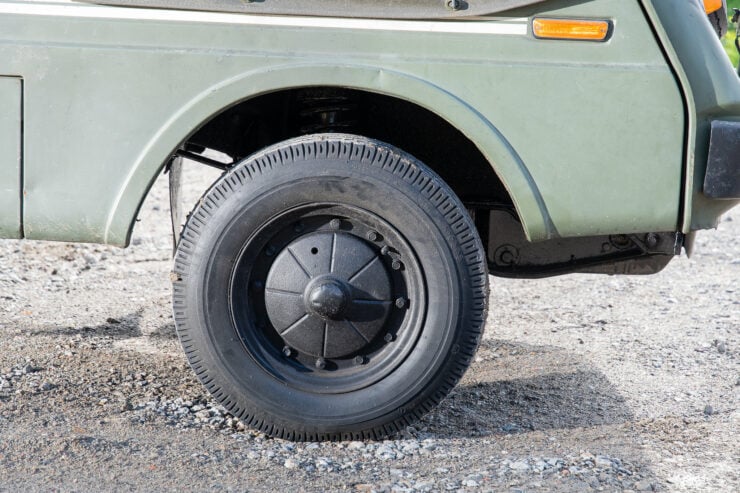
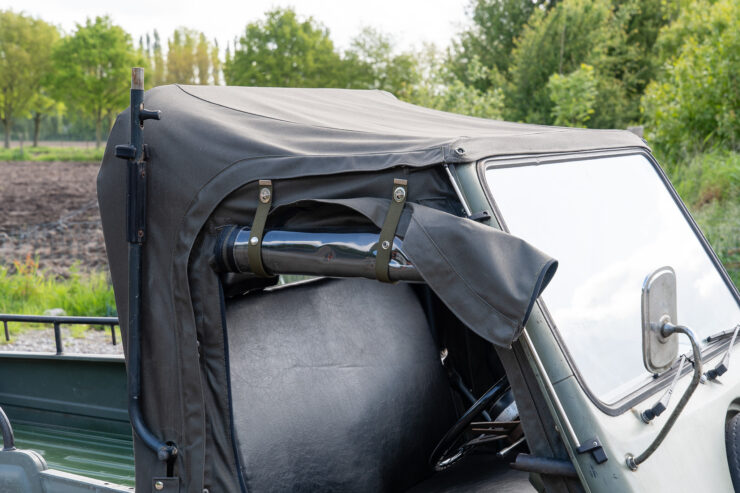
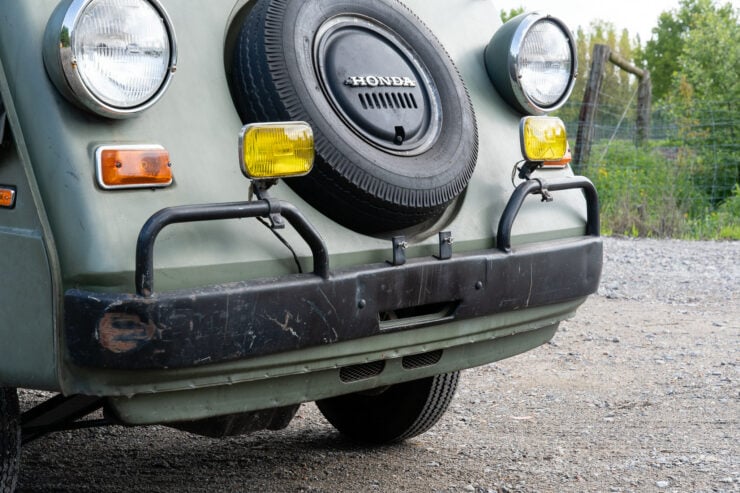
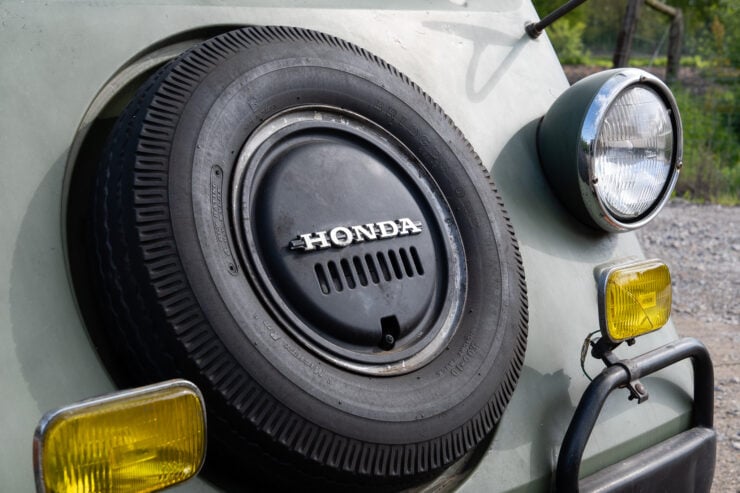
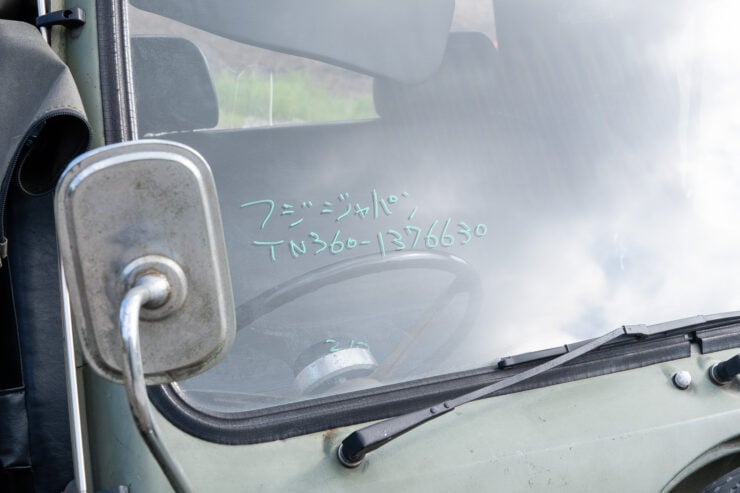
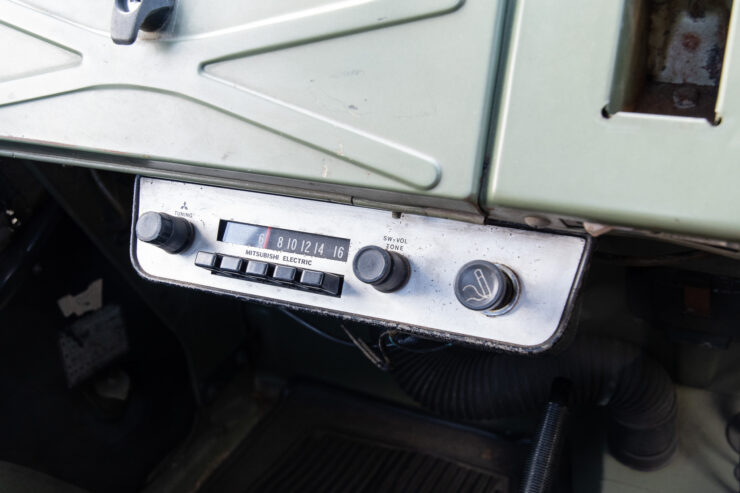
Images courtesy of TVP Classics

